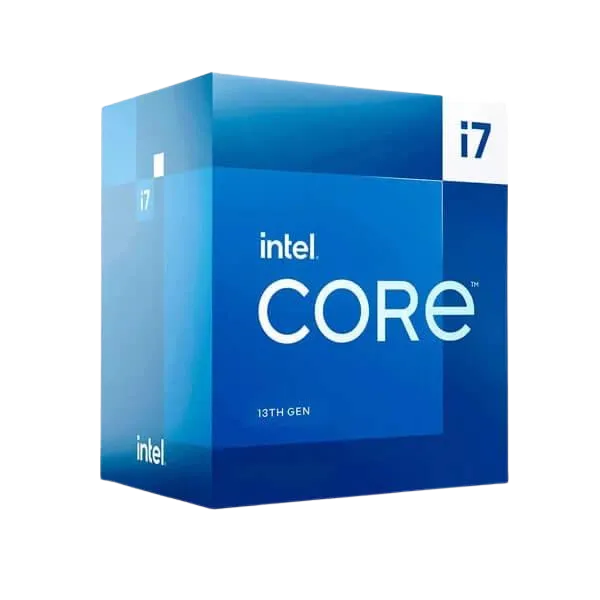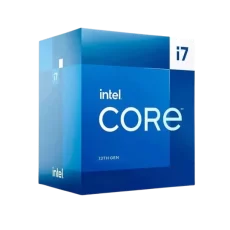Intel i7-13700 Processor
I apologize for the confusion earlier. As of my knowledge cutoff in September 2021, there is no information available about an Intel i7-13700 processor. However, please keep in mind that processor releases and updates occur regularly, and there may have been new releases since then.
To obtain accurate and up-to-date information about the Intel i7-13700 processor, I recommend visiting the official Intel website or referring to reliable technology news sources for the latest details and specifications. These sources will provide you with the most accurate and comprehensive information about Intel’s processor lineup, including the i7-13700 if it has been released.







Reviews
There are no reviews yet.